Located in northeastern Italy in the Veneto region, Padua might not have Venice’s canals, but it makes up for it with medieval charm, impressive piazzas, and fewer tourist crowds. This charming town is known for its cobblestone streets, ancient university halls, and religious buildings. Venice it is not, but there’s something satisfying about enjoying similar sights without bumping into a million selfie sticks.
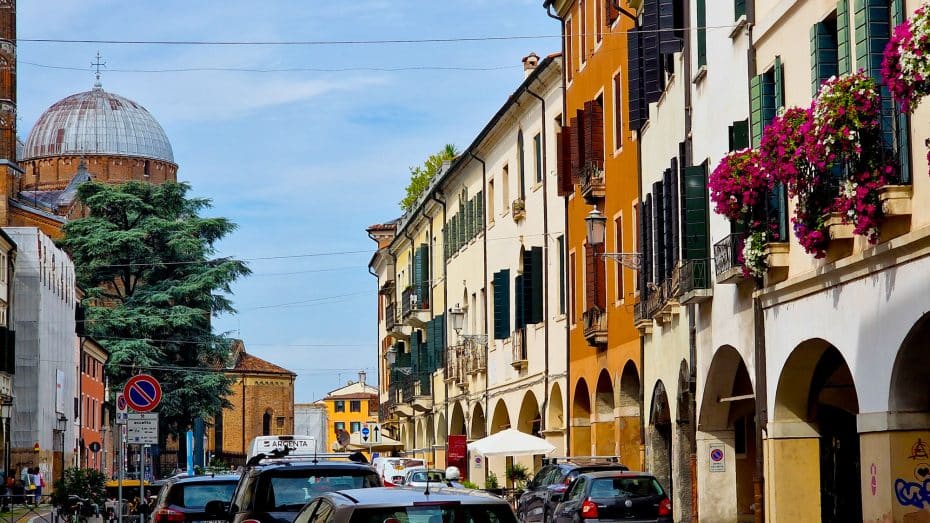
Whether you’re into art, history, or just a well-made spritz, Padua delivers. Perfect for a day trip if you’re short on time or worthy of a couple of days if you like to dig deeper (or just really enjoy good food and people-watching). Either way, Padua might just surprise you with how effortlessly cool it is—without even trying.
11 Fascinating Facts About Padua to Spark Your Curiosity
Padova is full of quirky details that make it stand out in the shadow of Venice. From ancient universities to peculiar legends hiding in plain sight, here are 11 facts you probably didn’t know about Padua that might just convince you to add it to your travel list.
1. It’s Home to One of the Oldest Universities in Europe
Although Bologna beat Padua to the punch for the title of the oldest university in Europe, the Università degli Studi di Padova, founded in 1222, still holds its own as one of the continent’s most historic institutions. During the Renaissance, it attracted scholars from across the continent, including Galileo Galilei, who taught mathematics here. His time at the university was marked by groundbreaking discoveries, though it’s easy to imagine his frustration explaining basic physics to people convinced the Earth was flat and stood still.
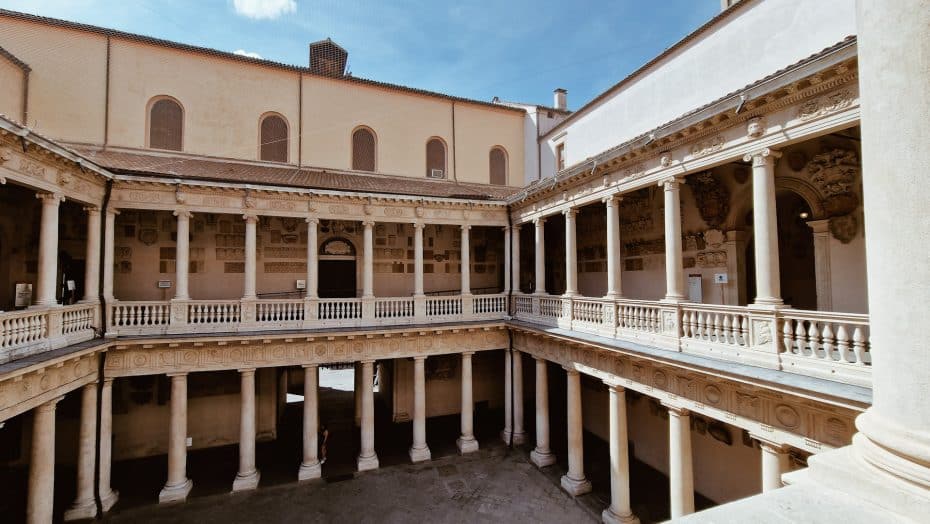
The UNIPD also houses the world’s first permanent anatomical theater, built in 1595. Shaped like a steep wooden amphitheater, it allowed eager students to observe public dissections.
Another remarkable figure linked to the university is Elena Cornaro Piscopia, who, in 1678, became the first woman in the world to earn a university degree. Her achievement helped pave the way for future generations of women scholars.
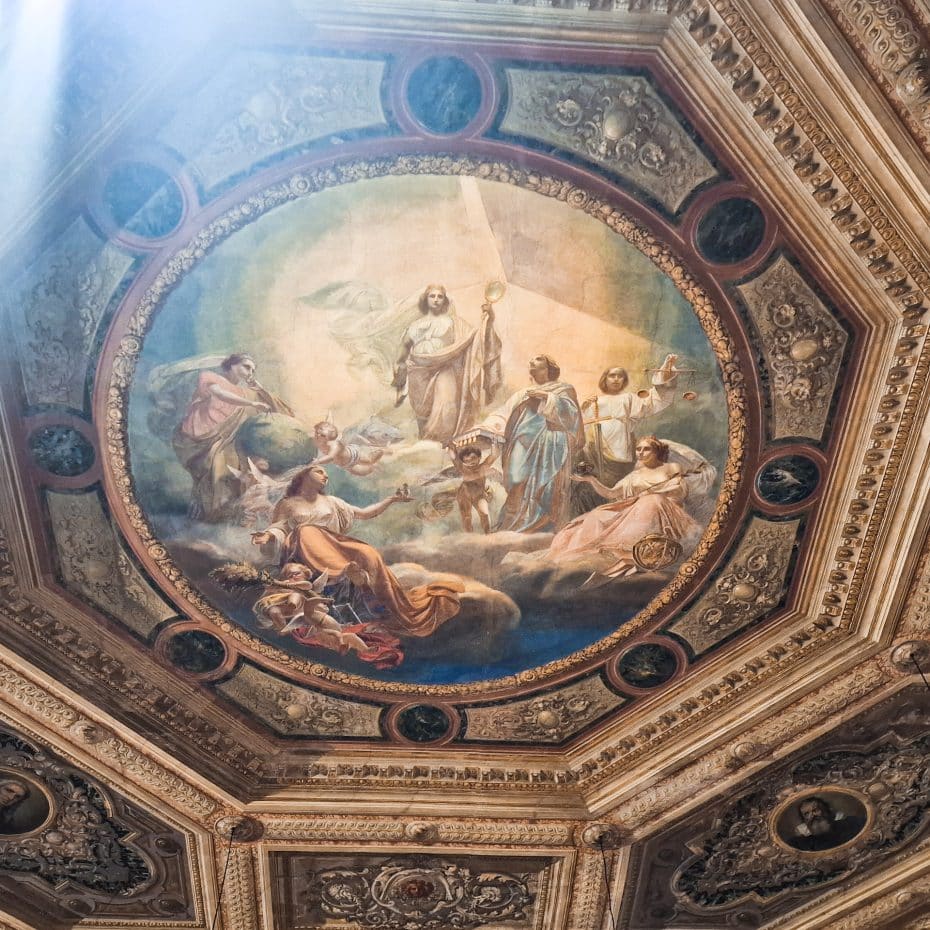
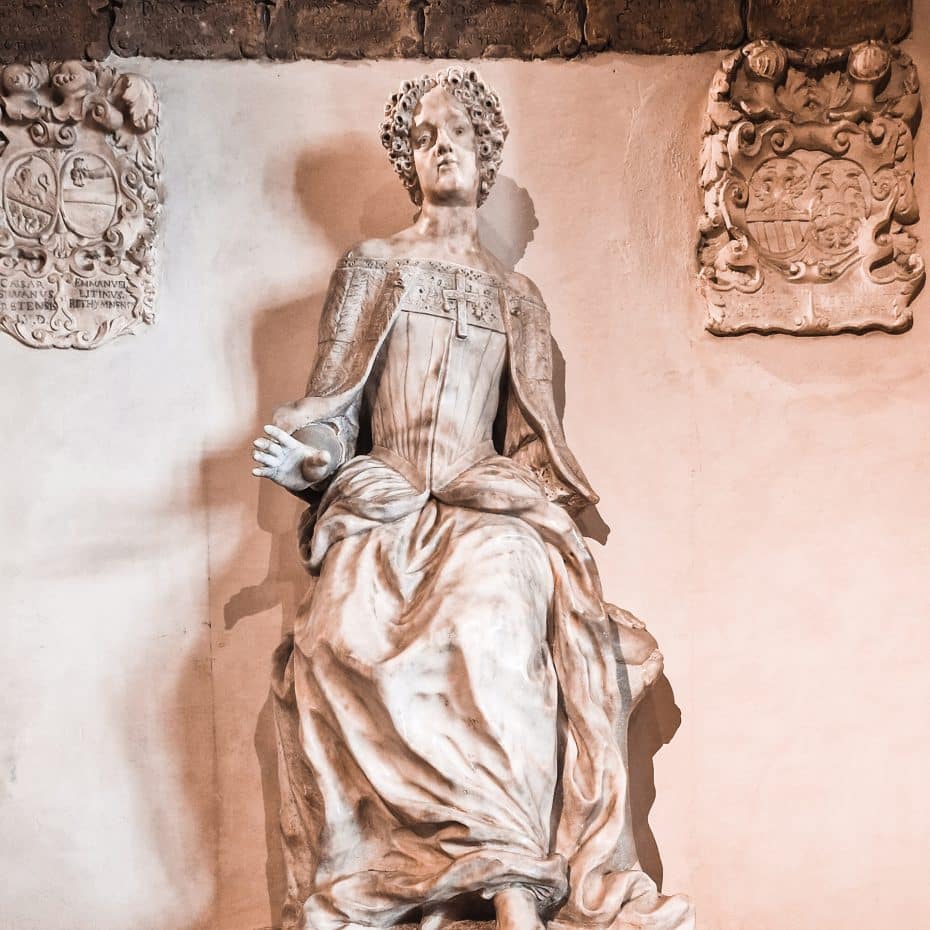
Today, the University of Padua remains a vibrant academic hub. Its historic core is the Palazzo Bo, its main campus since 1493. Guided tours of Palazzo Bo cover key areas like the anatomical theater and Galileo’s lecture hall. Tours are available in multiple languages, and booking in advance is advised, particularly during busy seasons.
2. The Tiny Chapel That Changed Art History Forever
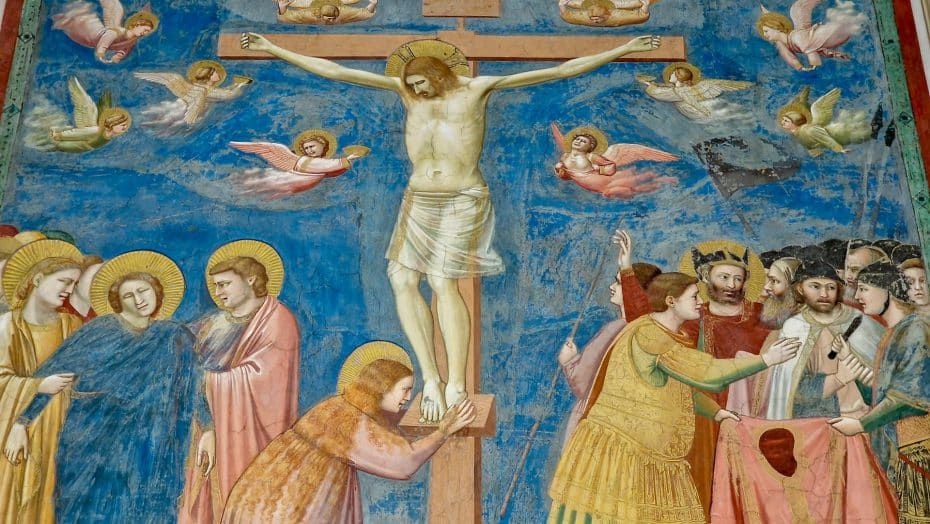
Completed in 1305, the Scrovegni Chapel (also known as the Arena Chapel) houses one of the most important fresco cycles in Western art. Painted by Giotto di Bondone, these works marked a shift from medieval art’s flat, stylized figures to more naturalistic forms with depth and emotion. While Florence often gets the spotlight as the cradle of Renaissance art, this small chapel in Padua could easily claim to be the womb where it all began.
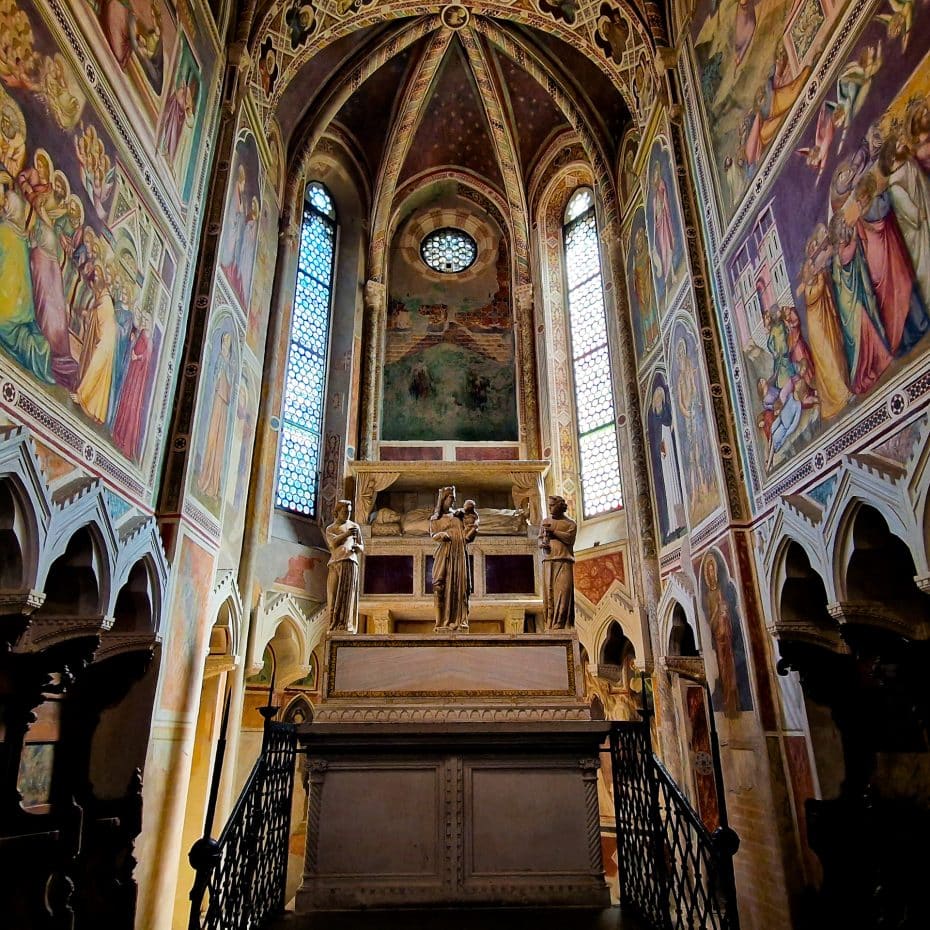
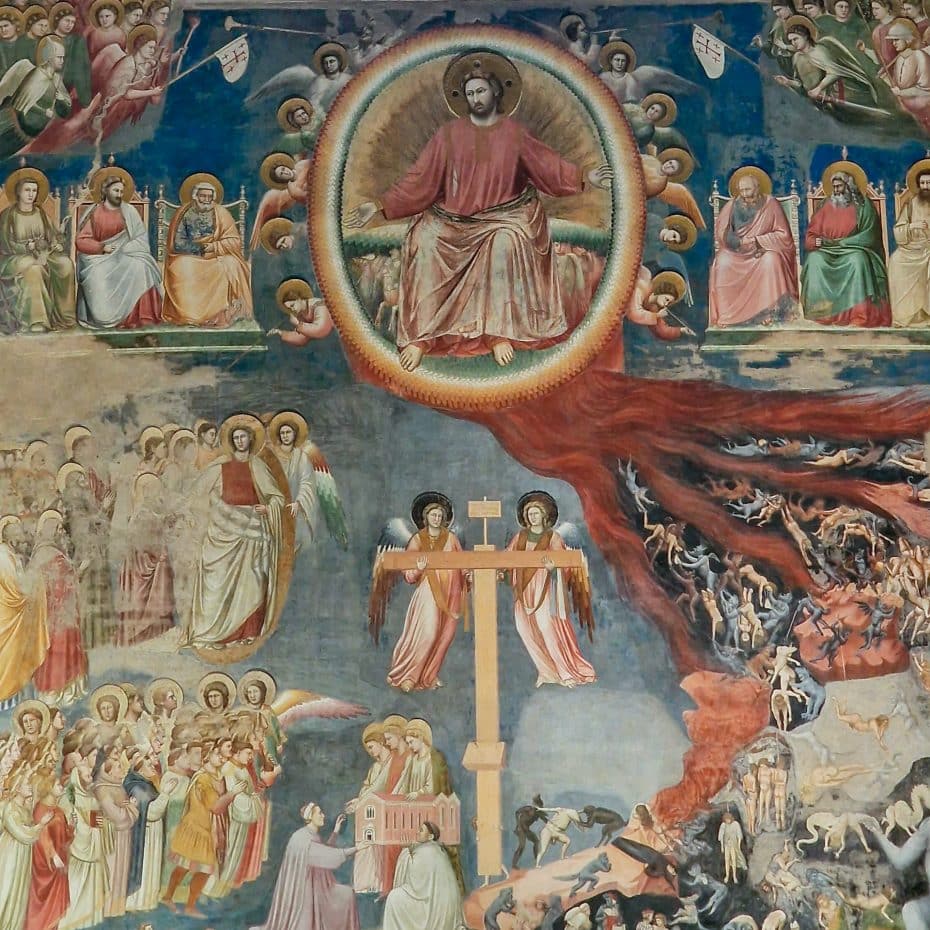
The frescoes depict scenes from the lives of the Virgin Mary and Christ. Giotto’s use of perspective, vivid colors, and expressive faces was groundbreaking and laid the groundwork for the Renaissance. The Last Judgment, above the entrance, is especially striking with its dynamic figures.
Commissioned by Enrico Scrovegni, a wealthy banker likely seeking both artistic prestige and spiritual credit, the chapel remains a masterpiece that draws art enthusiasts worldwide.
To protect the frescoes, visitor numbers are limited, with climate-controlled access. Booking in advance is essential, especially during peak seasons. You can get your tickets here.
3. Meet a Saint So Famous He Doesn’t Need a Name
In Padua, There’s a particular saint who needs no introduction—and we mean it. If you ever hear a local mention “il Santo,” they’re referring to Saint Anthony, whose Basilica di Sant’Antonio is one of Padua’s main tourist attractions and a pilgrimage site. Born in Lisbon, Saint Anthony spent much of his life preaching in Italy, eventually becoming so influential that Padua claimed him as its own.
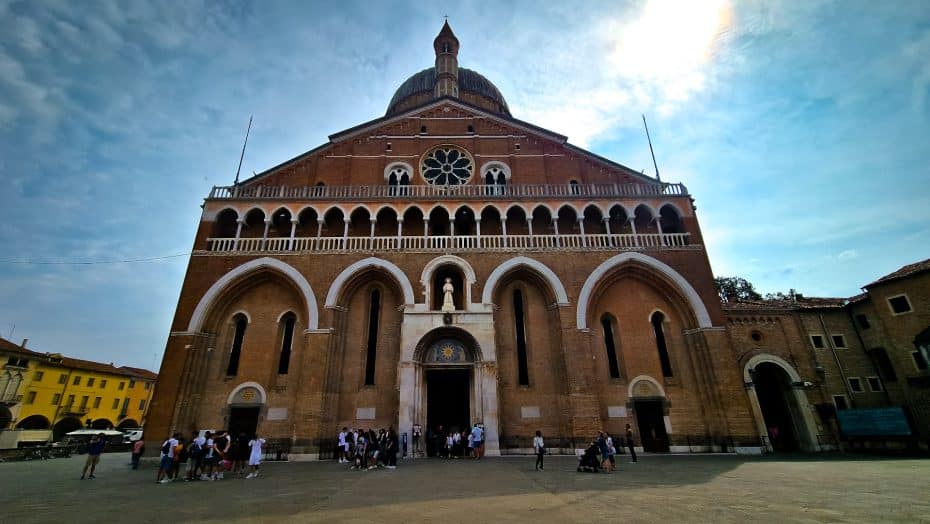
The basilica, built shortly after he died in 1231, is an architectural mix of Romanesque, Gothic, and Byzantine styles. Inside, you’ll find his tomb, a treasury filled with artifacts, and a somewhat macabre display of several of the saint’s body parts, including his jawbone and vocal cords.
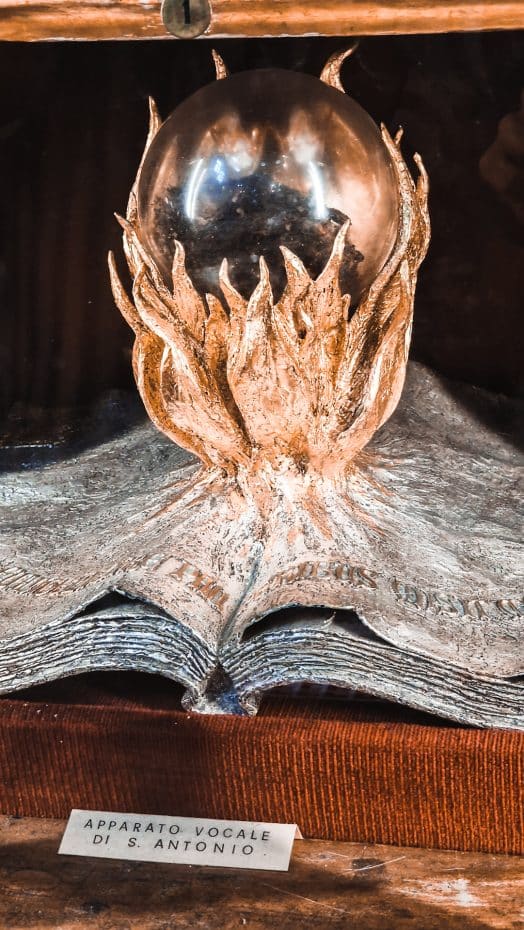
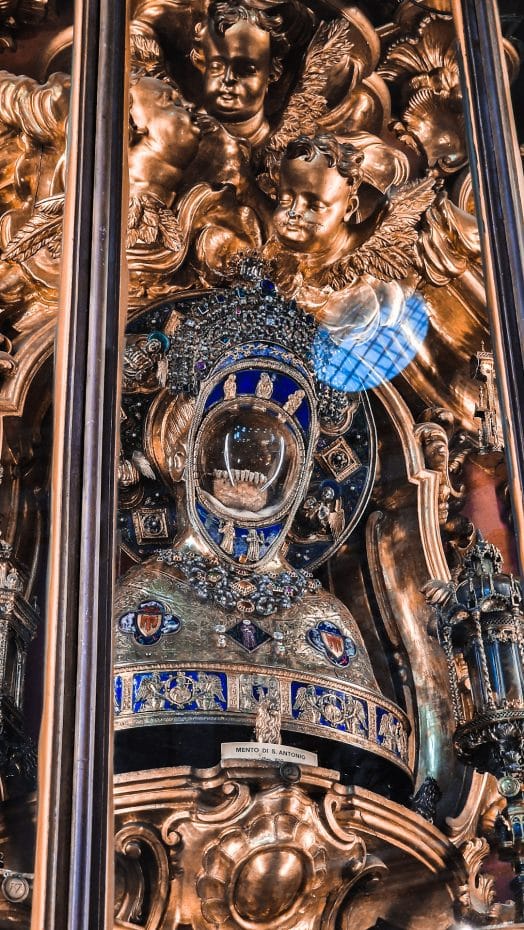
Even for non-religious visitors, the basilica is worth seeing for its impressive art, including works by Donatello.
4. Padua is Home to The Oldest Botanical Garden in the World
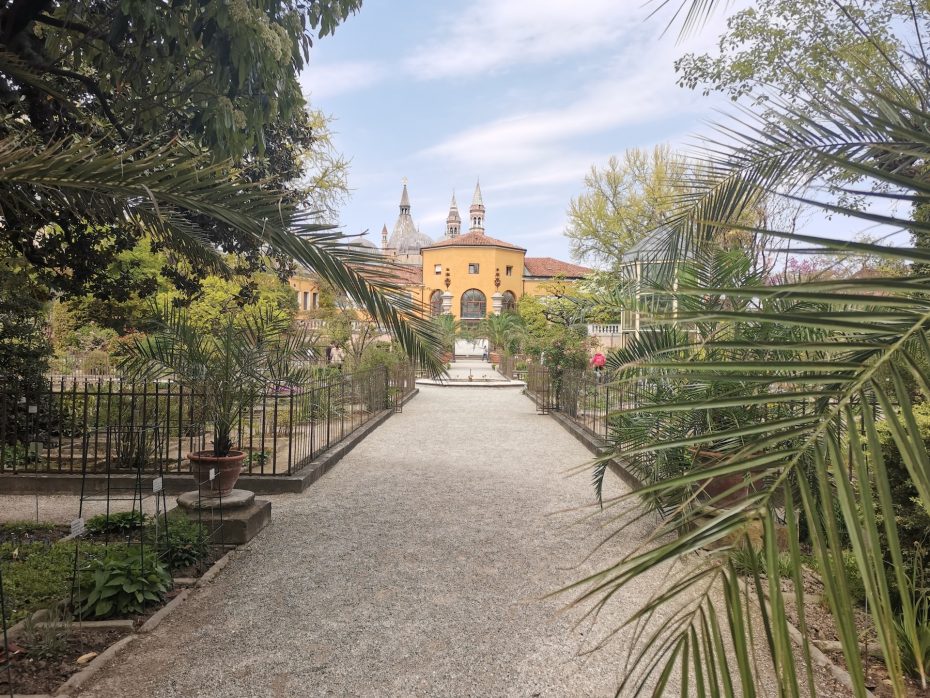
Founded in 1545, the Orto Botanico di Padova holds the title of the oldest university botanical garden still in its original location. Established for the study of medicinal plants, it played a key role in the development of modern botany and the exchange of plant species across continents during the Age of Exploration.
The garden covers about 22,000 square meters (about 236,800 square feet) and features rare plants, historical specimens, and thematic greenhouses.
Among its prized collections is a palm tree planted in 1585, nicknamed the “Goethe Palm” after the German writer. There’s also a section dedicated to endangered plant species. It’s a peaceful spot for plant enthusiasts and anyone needing a break from Padua’s bustling squares.
In case you missed it…
5. Navigate Hidden Canals That Give Venice a Run for Its Money (Kind of)
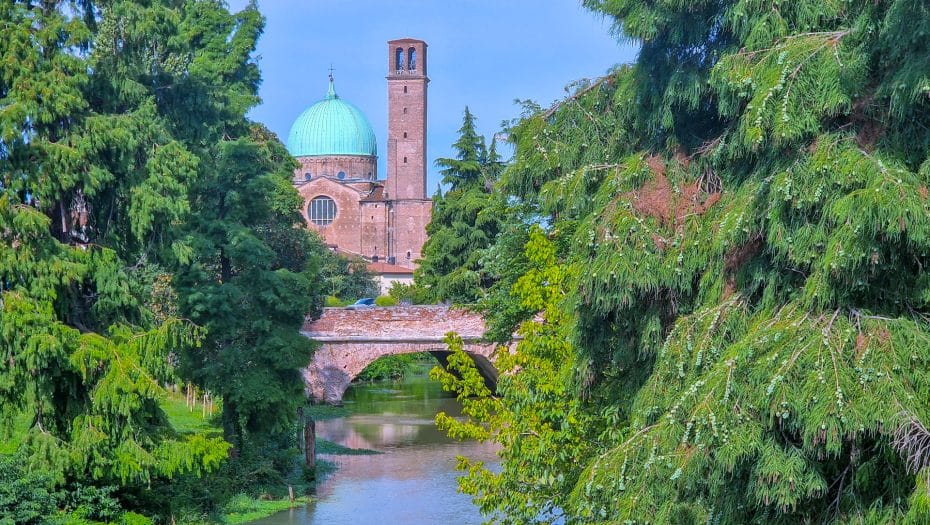
While Venice hogs the spotlight with its iconic canals, Padua quietly boasts its own network of waterways, including the Piovego and Bacchiglione rivers. These canals were once vital for trade and transportation, connecting the city to the Adriatic Sea.
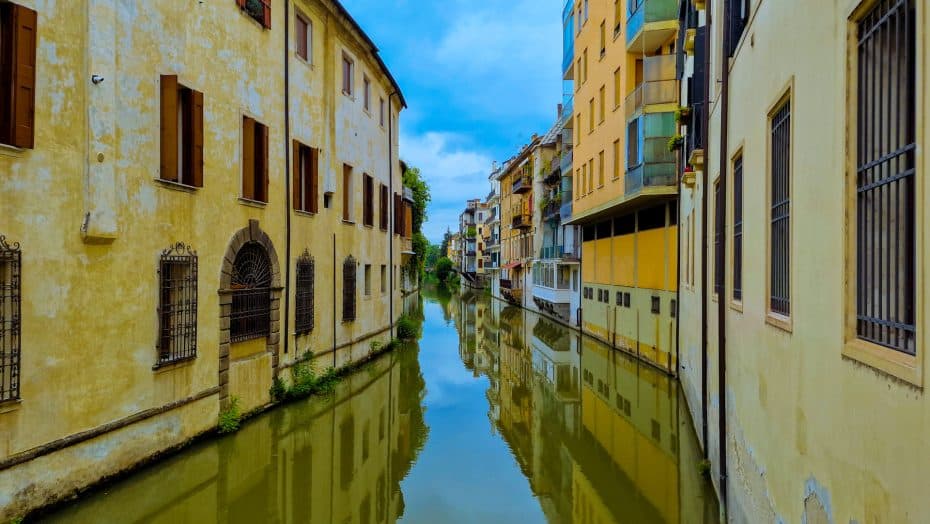
The canals run past old bridges and stone walls, showing Padua’s history without the packed crowds found in Venice. Exploring the canals on foot or by boat is a peaceful way to see parts of Padua that often go unnoticed, with views of hidden gardens, old mills, and charming riverside paths.
6. A Medieval Hall with a Giant Wooden Horse Inside
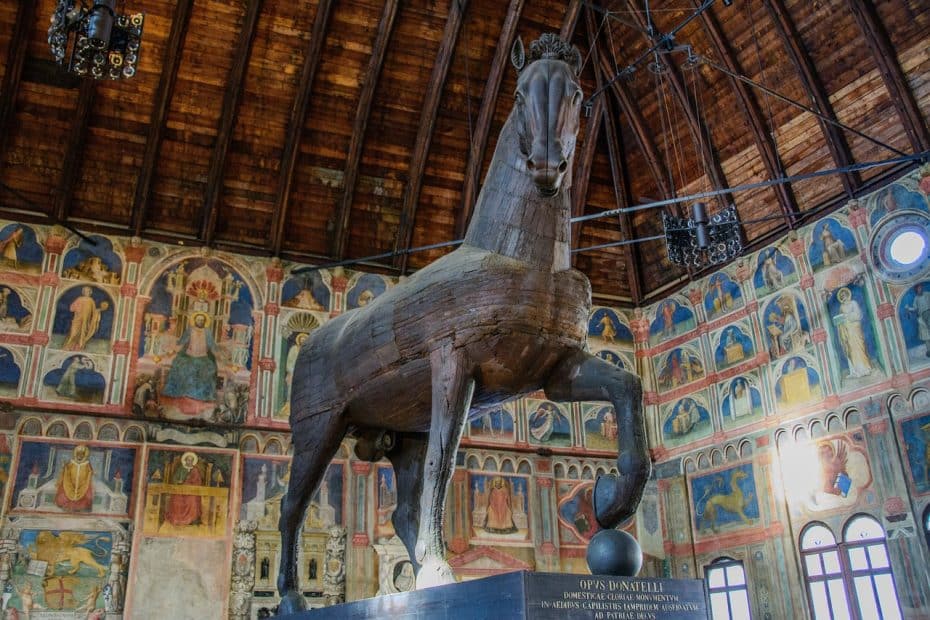
The Palazzo della Ragione, built in the 13th century, was once Padua’s city hall and law courts. Its massive hall, known as the “Salone,” is one of the largest medieval halls in Europe with no supporting columns. The walls are covered with frescoes depicting astrological themes, reflecting medieval beliefs about the connection between the stars and daily life.
But the real surprise? A giant wooden horse standing right in the middle of the hall. This oversized equine dates back to the 15th century and was likely inspired by Donatello’s famous statue of Gattamelata in Padua. Don’t worry, there are no Greek warriors hiding inside.
7. An Astronomical (and Astrological) Clock
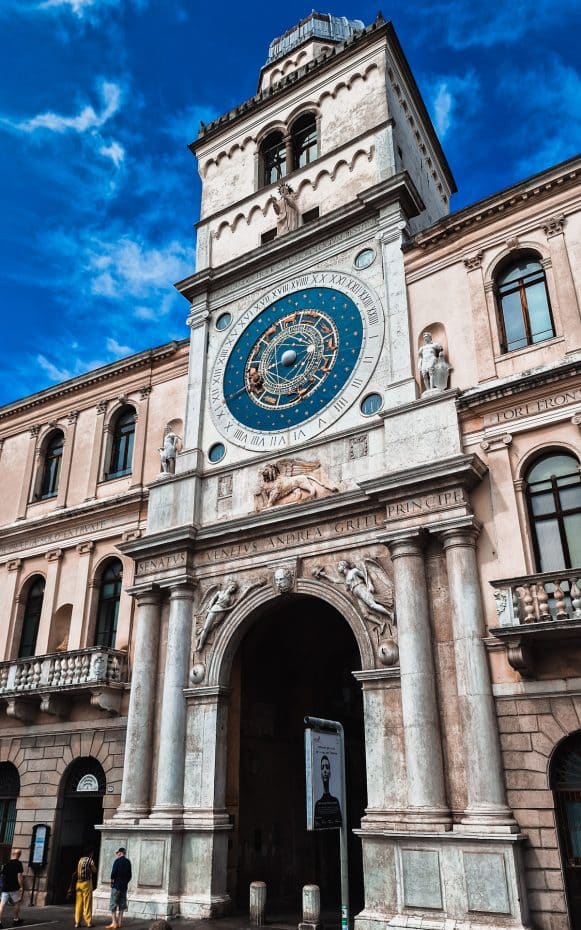
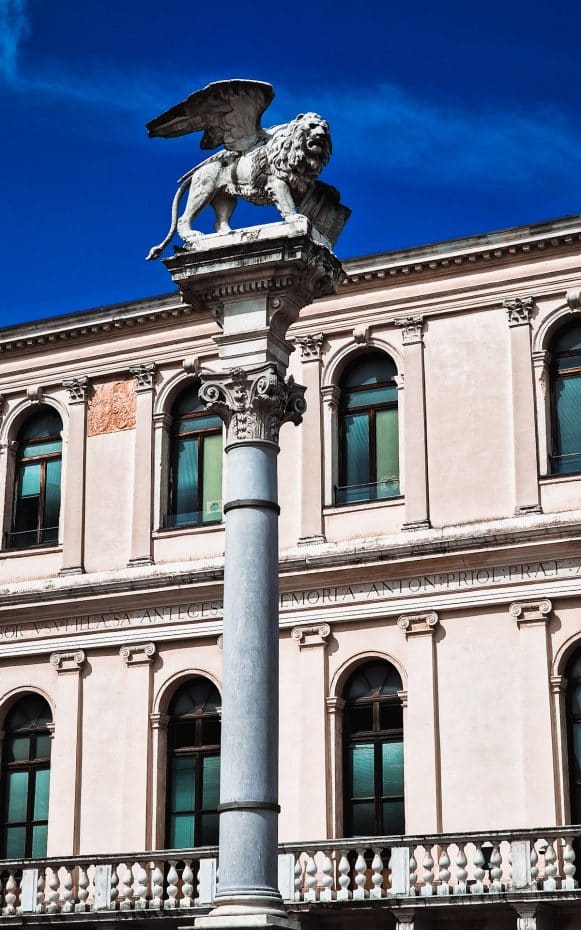
Located in Piazza dei Signori, Padua’s astronomical clock dates back to 1344 and is one of the oldest of its kind in the world. More than just telling time, it tracks the positions of the sun, moon, and zodiac signs—perfect for knowing the hour and a quick horoscope check.
However, if you were born between September 22 and October 22, you’re out of luck, as the clock’s display is missing Libra. Historians believe it’s because the Romans originally considered the Libra constellation a part of Scorpio, or maybe Mercury retrograde is to blame.
8. The City is Home to One of Europe’s Largest Squares
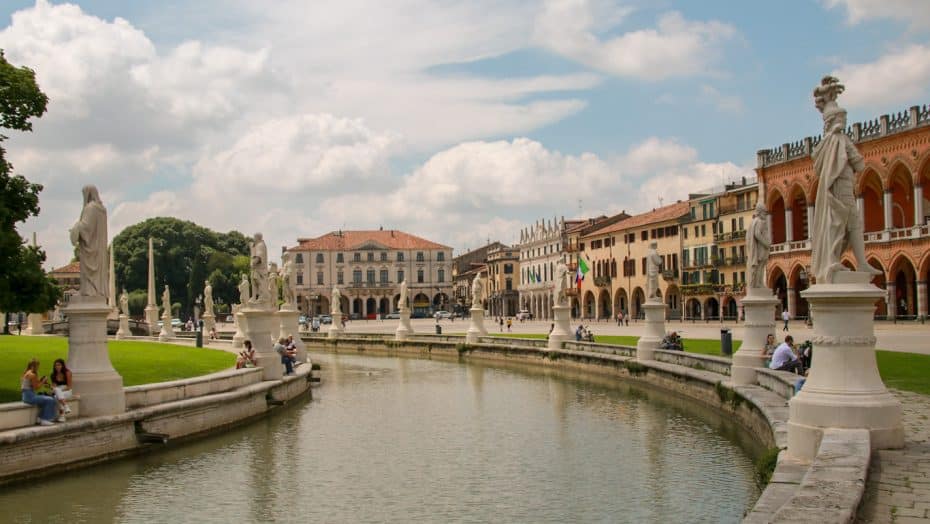
Prato della Valle isn’t just a big square—it’s a really big square. It covers about 90,000 square meters (roughly 970,000 square feet) and is one of Europe’s largest. But unlike the typical bustling plazas packed with cafés, this one has a huge green island in the center, surrounded by a canal lined with 78 statues of historical figures.
Originally a marshy mess, it was drained and transformed into this sprawling space in the late 18th century, a process that unfortunately led to the destruction of most of the city’s historic canals. Today, it’s a go-to spot for local events, open-air markets, and people-watching.
9. The Disputed Birthplace of Spritz

A spritz is a refreshing, slightly bitter cocktail made with a base of sparkling wine (usually Prosecco), a splash of soda water, and a bitter liqueur like Aperol or Campari. Served over ice with a slice of orange, it’s light, bubbly, and (arguably) a Paduan creation.
While Venice often gets the credit, Padua proudly claims to be the birthplace of the favorite Italian aperitivo cocktail. The drink dates back to the 19th century, when Austrian soldiers, finding Italian wine a bit too strong for their taste, started adding a “spritz” of water to dilute it. Padua’s version evolved over time, especially with the addition of Aperol, which was created in 1919.
The bright orange Aperol Spritz became a local staple, with its bittersweet, refreshing flavor perfectly suited to warm evenings in Padua’s lively squares. Order one in the city and you’re sipping a piece of local history.
10. Caffè Pedrocchi: The Café That Refused to Close (Literally)
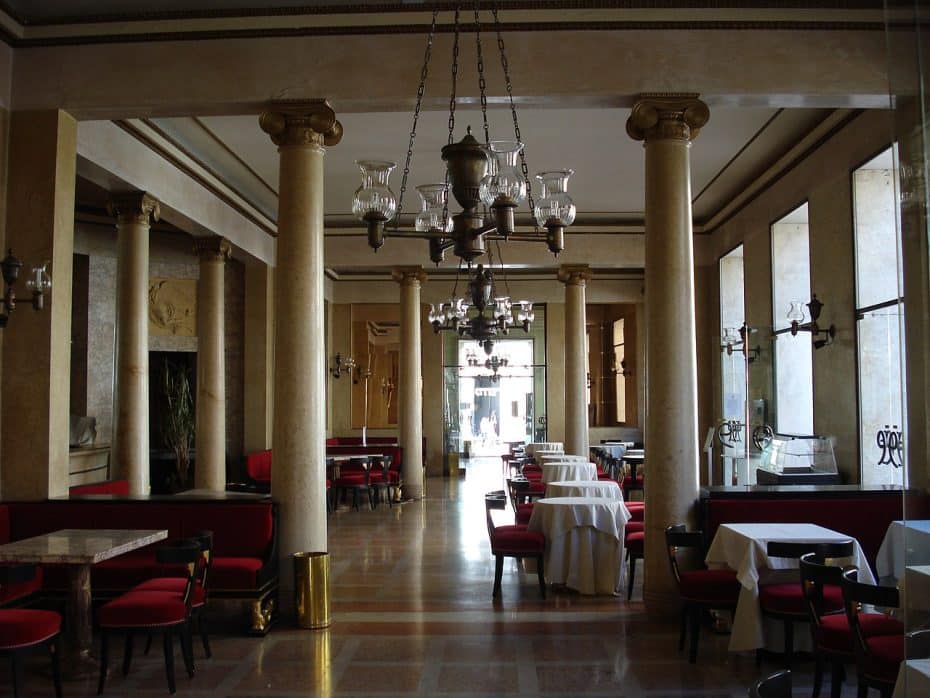
Founded in 1831, Caffè Pedrocchi isn’t just any café—it’s an institution. Known as the “café without doors,” it famously stayed open 24/7 for over a century, serving intellectuals, revolutionaries, and anyone in need of a strong espresso at any hour. Its mix of neoclassical and eclectic architecture makes it stand out almost as much as its history.
The café played a key role during the 1848 uprisings against Austrian rule, even taking a bullet hole in one of its walls, which remains a subtle reminder of its revolutionary past. Today, Caffè Pedrocchi serves coffee with a side of history, and yes, you can still spot that bullet hole if you know where to look.
11. Padua is a Much Cheaper Alternative to Venice
Yes, we know we’ve made this point before in our article listing 10 fun facts about Treviso, but it applies to Padua as well. Let’s face it: Venice is notoriously expensive.
In Padua, you can find 3-star hotels at around $55 per night. In contrast, the average price for a double-occupancy hotel room in Venice is approximately $250 per night.
Regarding dining, a meal for two at a mid-range restaurant in Padua averages around €70, while in Venice, it’s about €60. However, other expenses, such as transportation and attractions, are pricier in Venice.
Overall, Padua offers a more budget-friendly experience compared to the high costs associated with Venice.
In conclusion, Padua doesn’t need the spotlight to stand out. Its art, history, and lively streets speak for themselves. Whether you’re here for Giotto’s frescoes, a spritz in Prato della Valle, or just to escape Venice’s crowds, Padova delivers without the fuss.


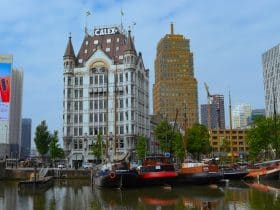
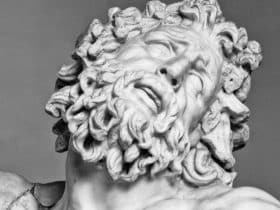
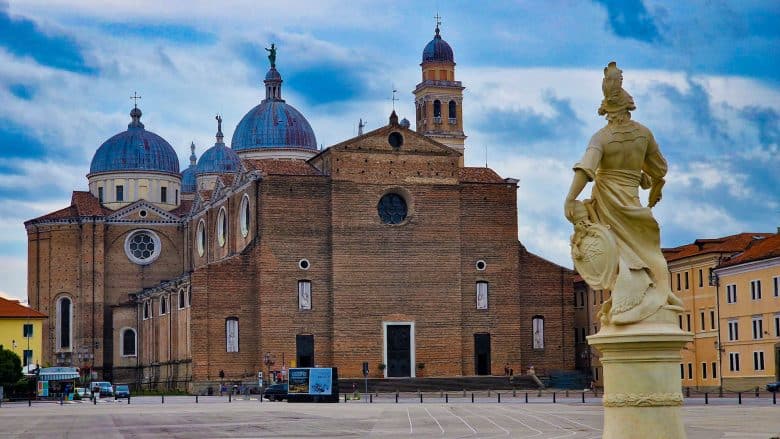
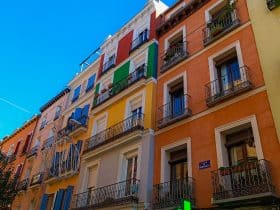
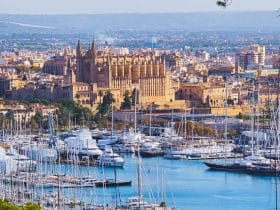
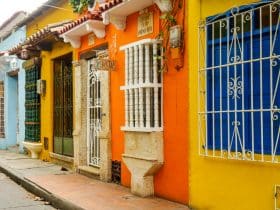

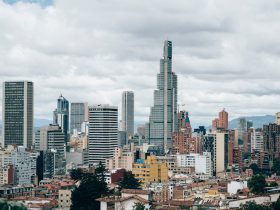
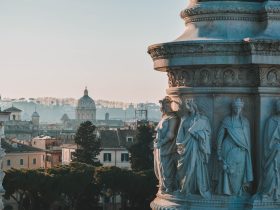
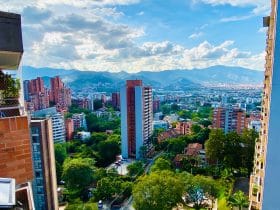
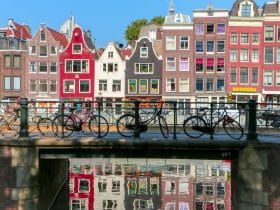
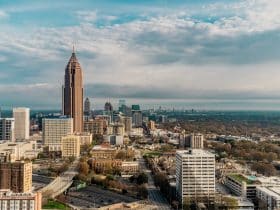

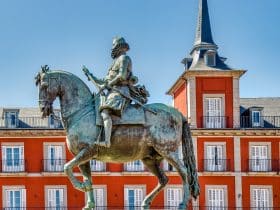


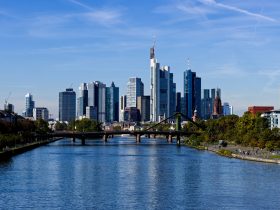

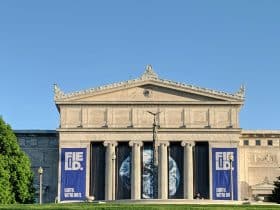

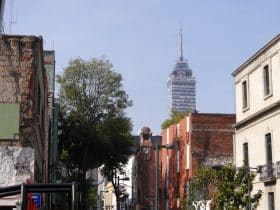

Leave a Reply
View Comments